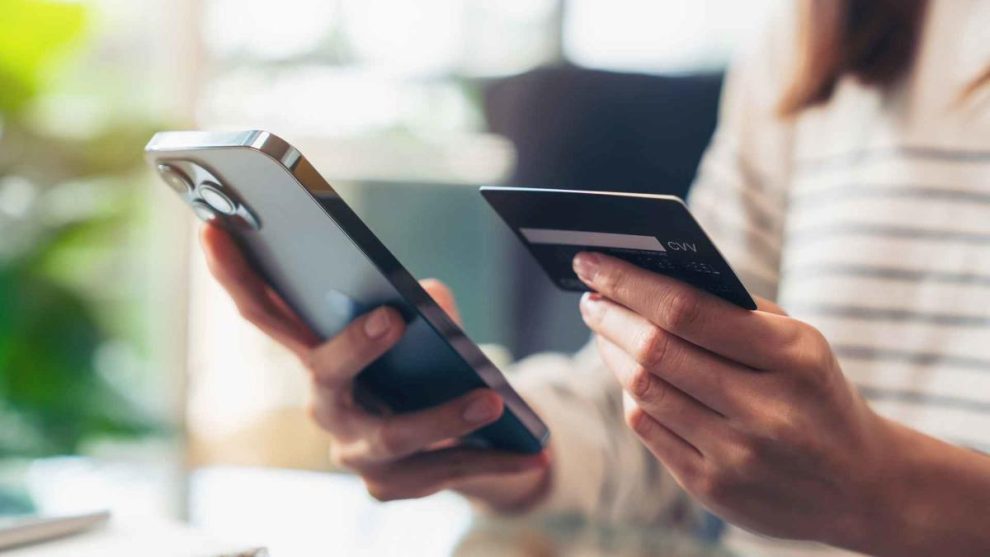Unfortunately, your bank’s mobile app can offer hackers access points to your most private and sensitive information — on your device, during data transfer and at your bank’s server. Even if your mobile phone is secure, if you are on a public Wi-Fi network or your money app has weak security, your financial information could fall victim to fraud when online banking.
Advertisement: High Yield Savings Offers
Powered by Money.com – Yahoo may earn commission from the links above.
Read Next: Fidelity Says This Is a Surprising Risk of Holding Too Much Cash — Do You Have Too Much?
Learn More: The New Retirement Problem Boomers Are Facing
Banks have made great advances in financial cybersecurity and limiting mobile device security risks, but there are still plenty of ways you can chip in to keep your most critical personal data as safe as possible when banking online. Here are eight tips to help protect your banking information.
The FTC advises that you’ll give hackers a harder time if you lock your phone, back up your data and keep your software up to date on both your devices and apps. This applies to mobile banking and all other mobile activities such as sending emails or text messages.
Start by choosing solid security measures such as strong passwords that you don’t recycle across platforms, guard your personal information closely and make sure you download the genuine bank app and not a fake banking app looking to steal your account numbers.
For You: I’m a Financial Advisor: My Wealthiest Clients All Do These 3 Things
When you download something from Google Play or the Apple App Store in order to help you with your daily banking needs, remember that banking apps are often more advanced than their parent organizations’ underlying operational systems. You should keep in mind that your app is only as secure as your network. So, don’t open your banking app when you’re on public Wi-Fi, and make sure you’re on a password-protected network or using your own cell phone data.
If your banking app doesn’t enable multi-factor authentication by default, switch it on manually. A verification email or message is an extra step, but one that’s more than justified considering the added layer of protection that it provides. Make sure to also use 2FA for your budgeting app or anywhere else your bank account might be linked.
No verification credential is un-hackable, and some security professionals disagree about the safety and privacy of biometrics. However, according to Norton, the industry consensus is that fingerprint recognition and face ID are harder to crack than alphanumeric passwords.
Also, you should make note that if you store your passwords on the cloud, they are therefore more vulnerable than biometric data, which lives on the device itself.
If you get an email, text, phone call or message purporting to be from your bank that asks you to take any action — no matter how seemingly small or immediate — assume it’s a scam and do nothing. Don’t respond to a text, submit a code, verify any information, answer any questions, click on any links or open any messages in case it’s a bank phishing scam.
There are countless variations, for instance, where identity thieves hijack the actual bank’s fraud department phone number and use it to send a text asking if you just made a purchase. When you reply “no,” you immediately get a call from the bank’s legitimate phone number asking you to verify your identity by revealing your most important information.
If you receive a request claiming to be from your bank requesting any action, suspend communication and call the number on your statement or bank card to verify the message’s authenticity and/or report the scam.
Many banks remind their customers that some of the most important steps happen after you finish a session. Apps are vulnerable when they’re open in the background, whether you’re using them or not. So be sure to log out before closing your banking app and delete any messages or codes your bank texted you during your session.
A little bit of intellectual upkeep to keep your financial literacy frosty can help you live a safer online life in banking and beyond. Many who use p2p payment services such as Zelle through their bank of choice may not know these platforms are susceptible to scams. Consider adding updates about online security and cyber threats to your news app of choice so you’ll at least see the headline when the inevitable next new threat emerges.
Just as with biometrics, the safety of cloud-based password managers is a cause of controversy. But Forbes reflects the industry consensus that — while nothing is bulletproof — password managers can be a reliable and convenient way to enhance mobile security and data management.
Before you jump in, however, there are many pros and cons to mull over. Considerations include password managers concentrating your most critical data in one place, the risk of losing the all-important master password and potential difficulties with backup.
As always, proceed with caution.
Caitlyn Moorhead contributed to the reporting for this article.
More From GOBankingRates
This article originally appeared on GOBankingRates.com: 8 Ways To Stay Safe When Using Mobile Banking Apps



Add Comment